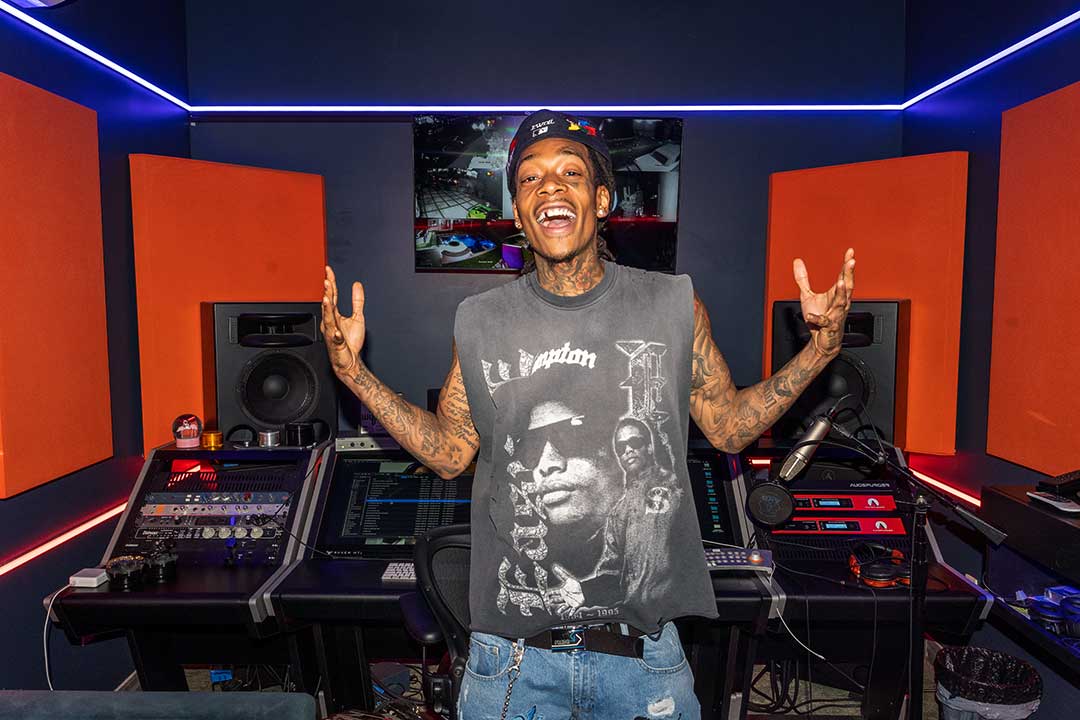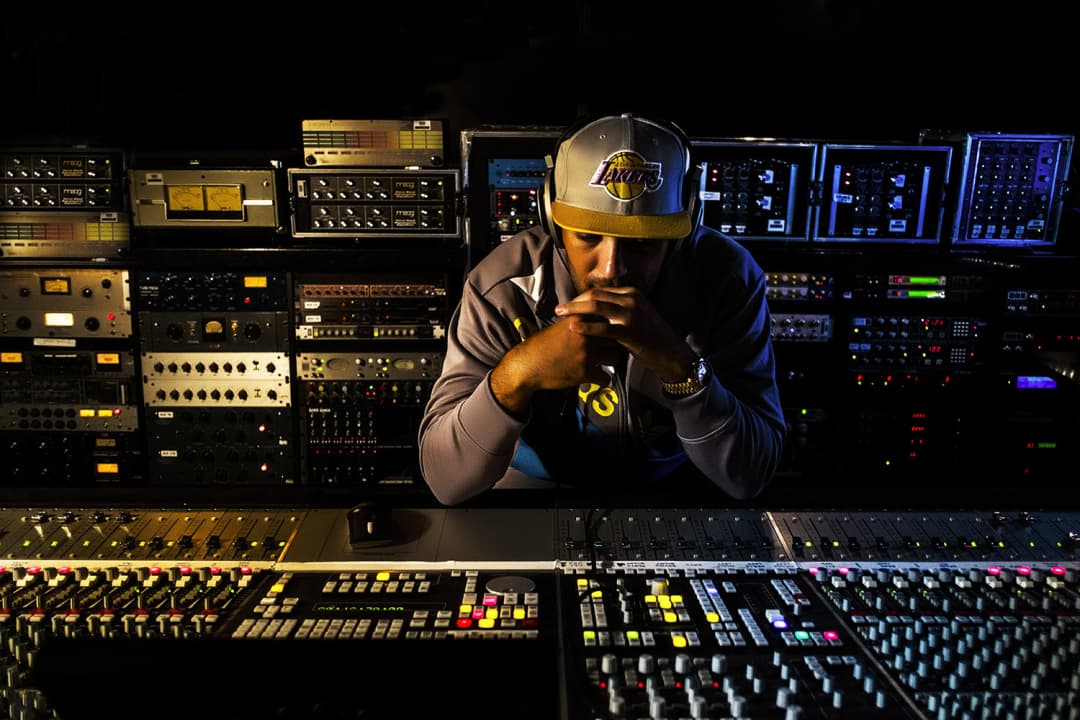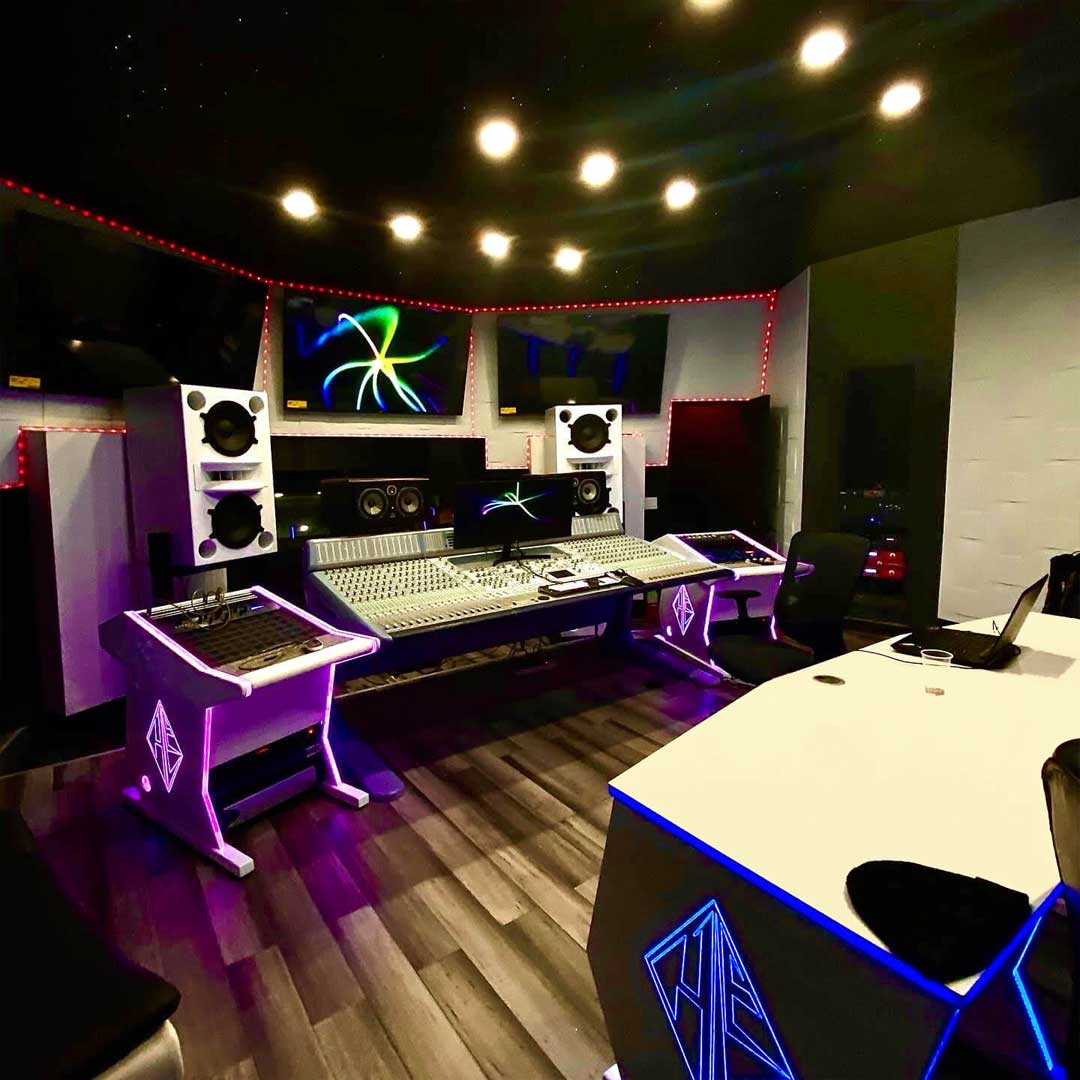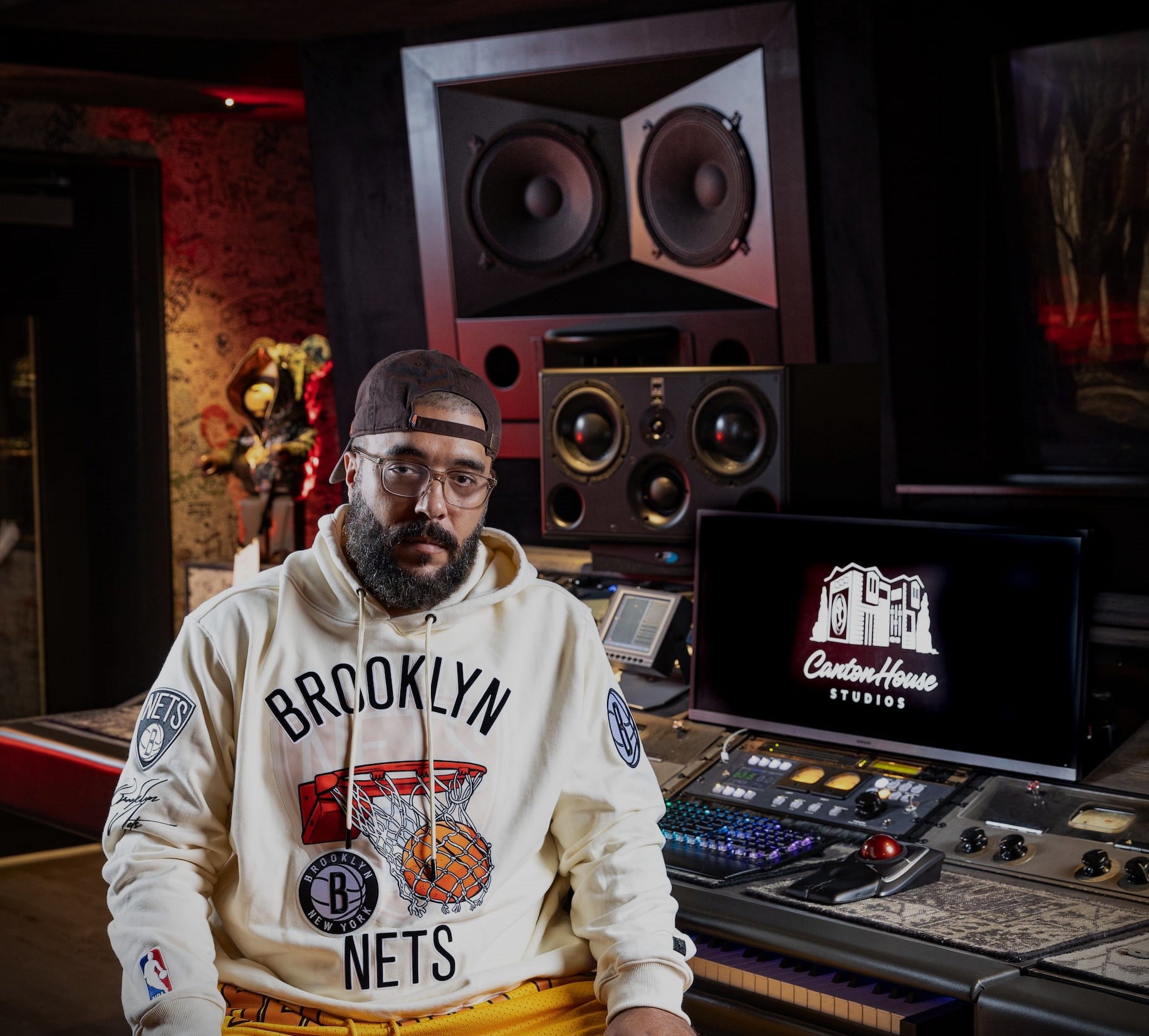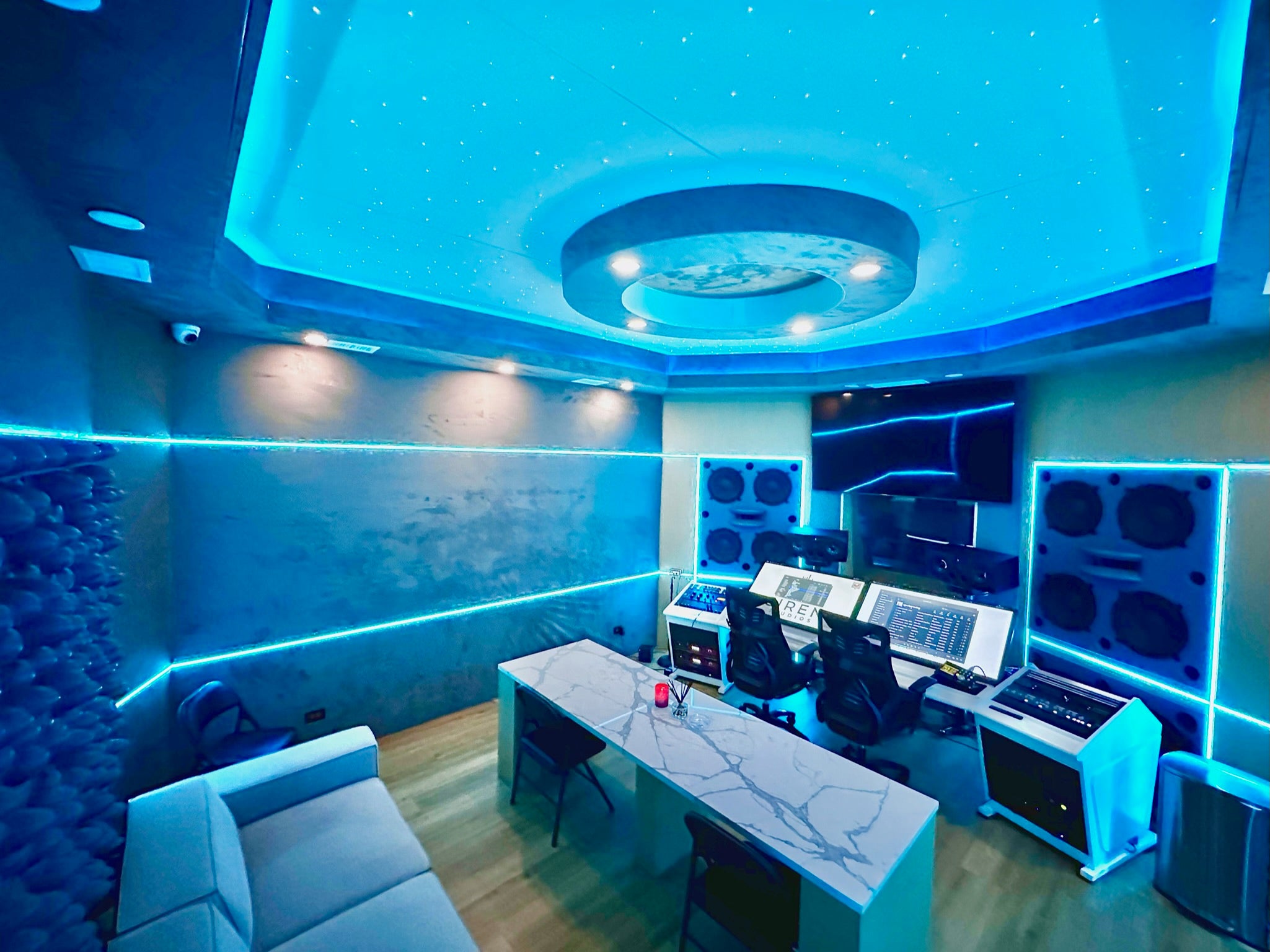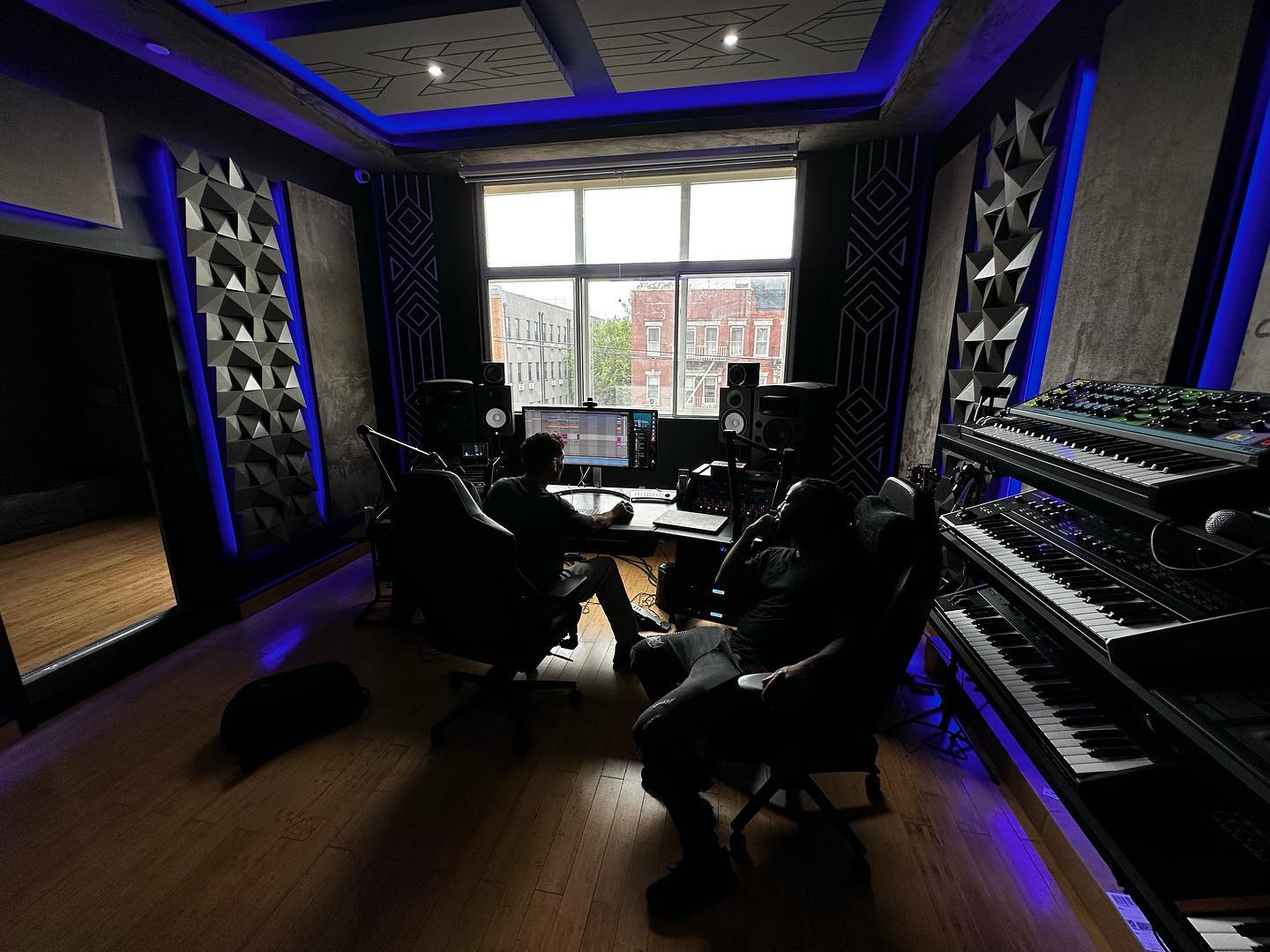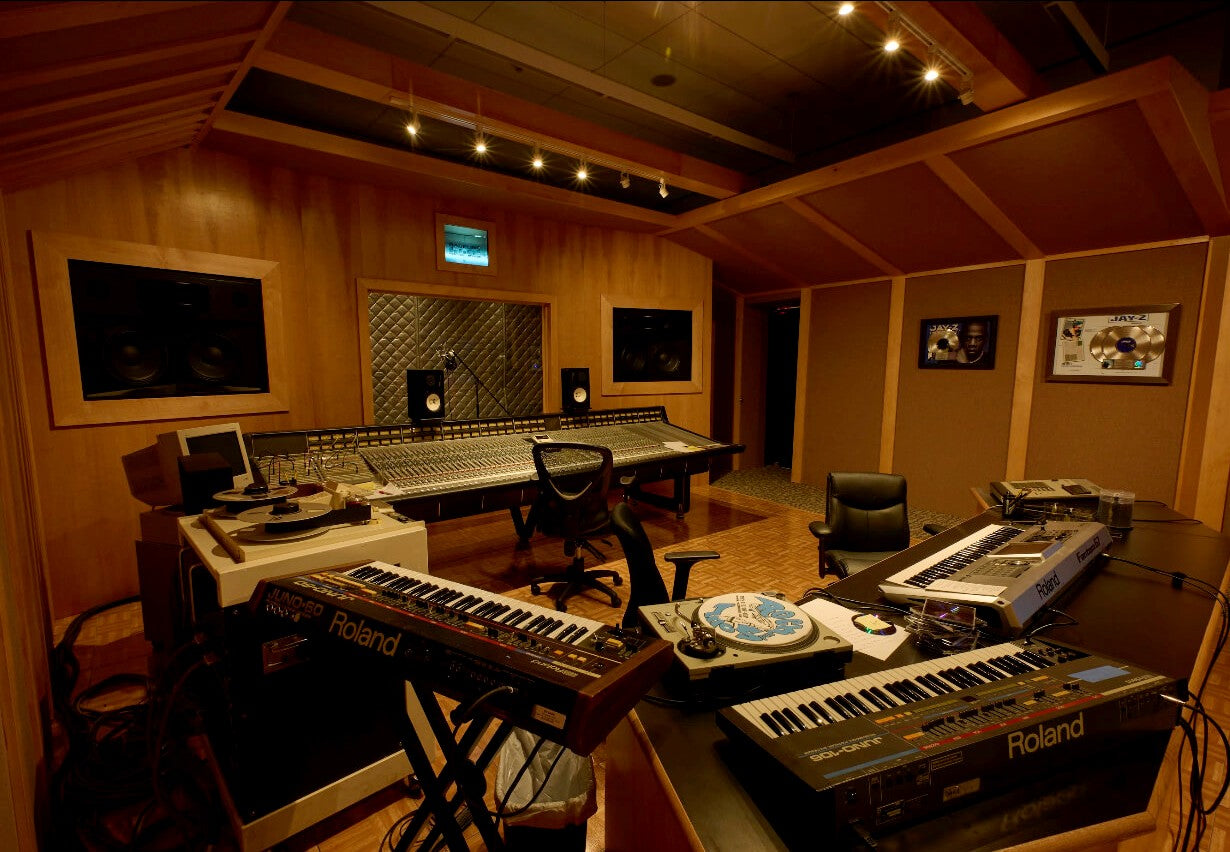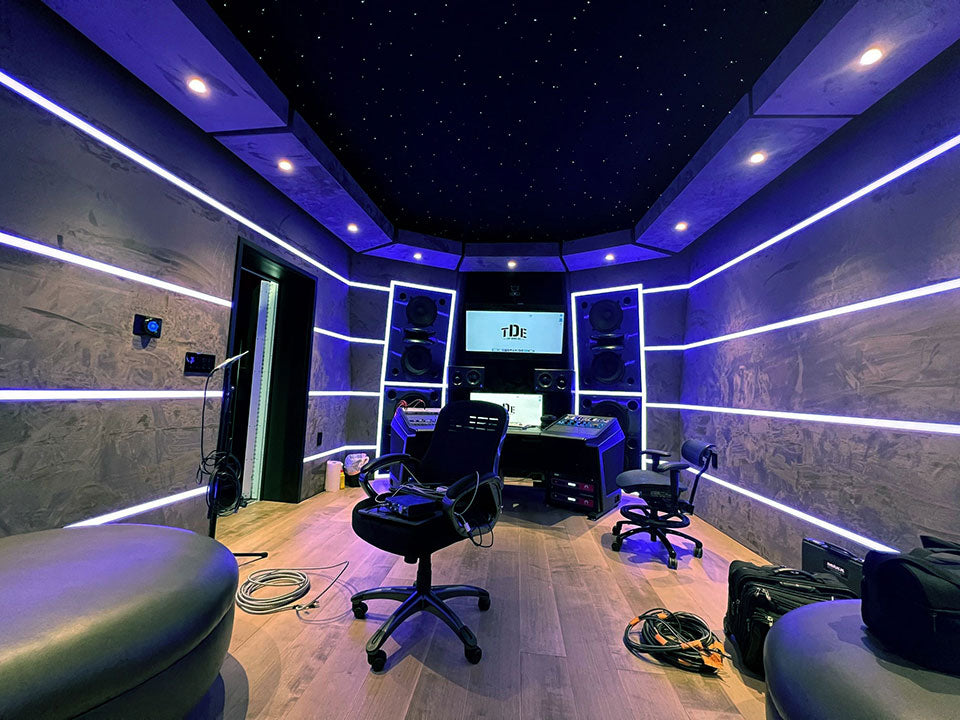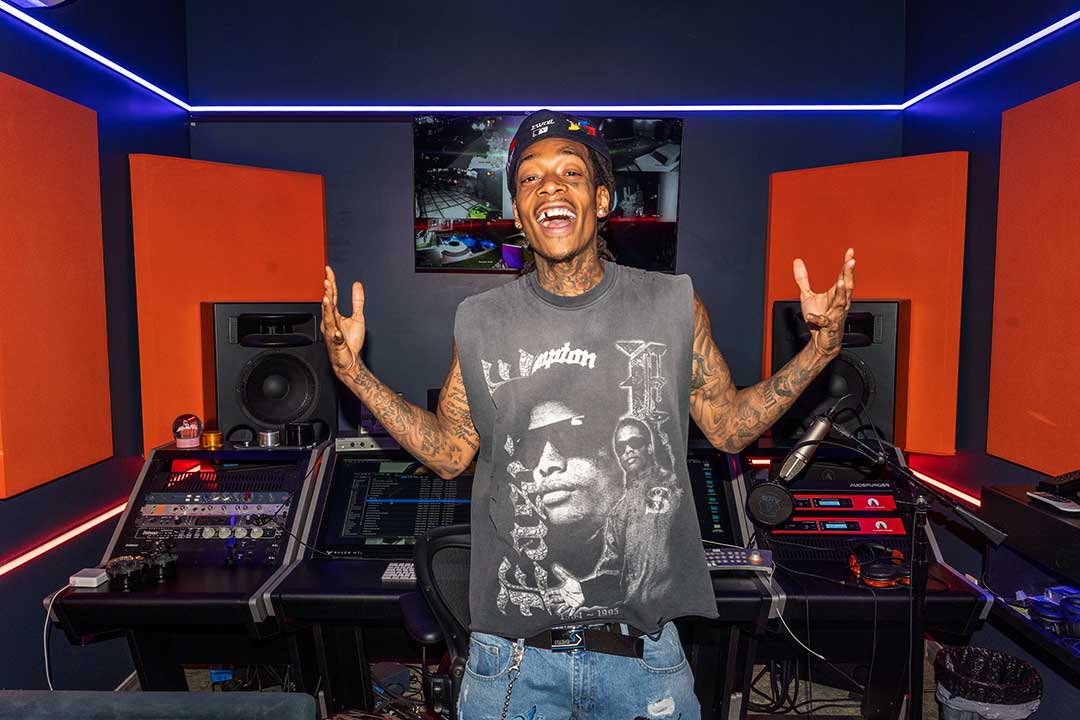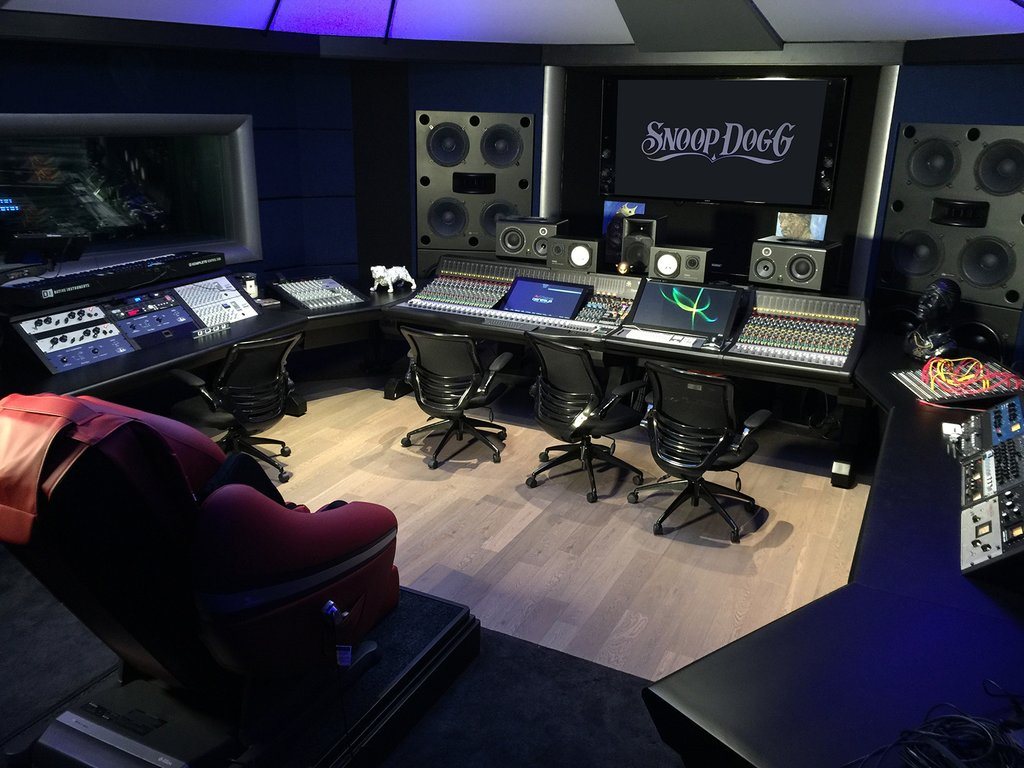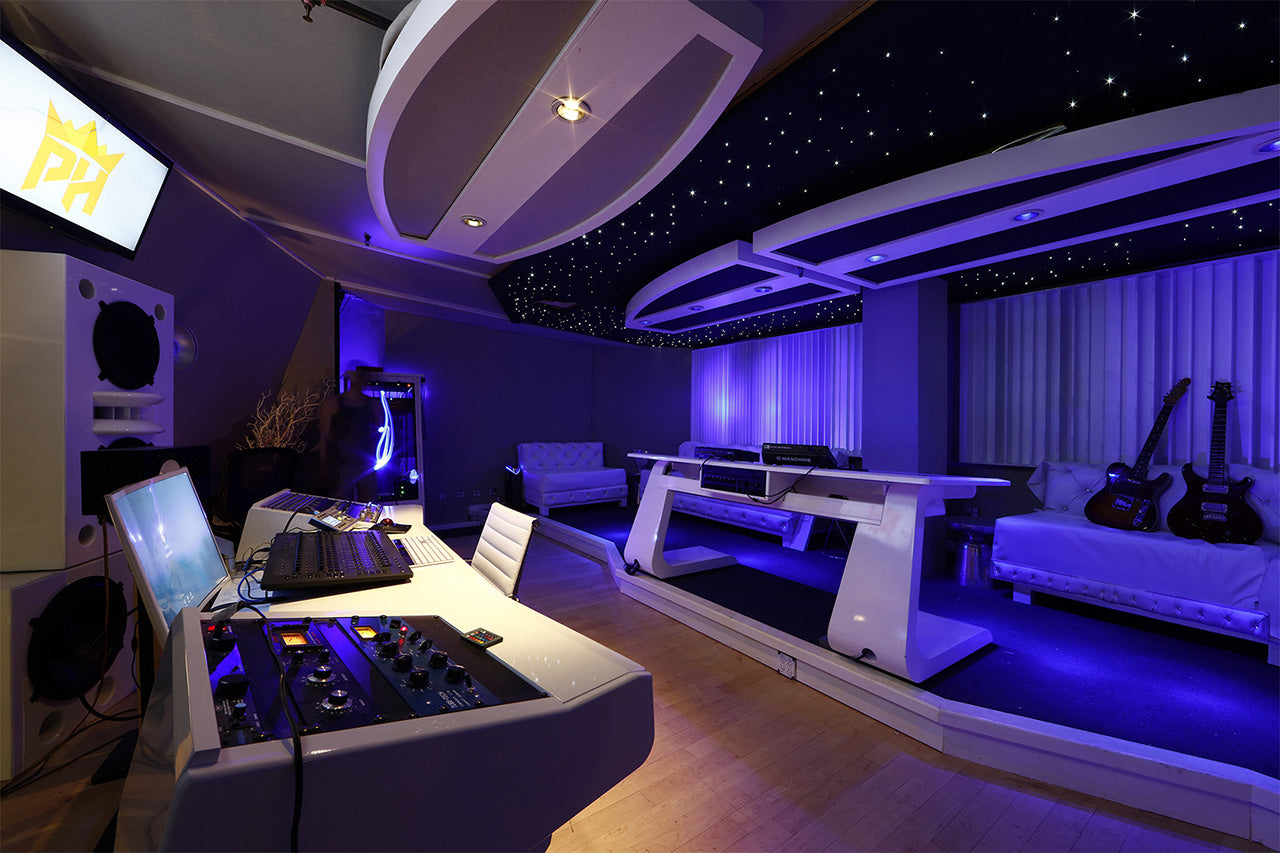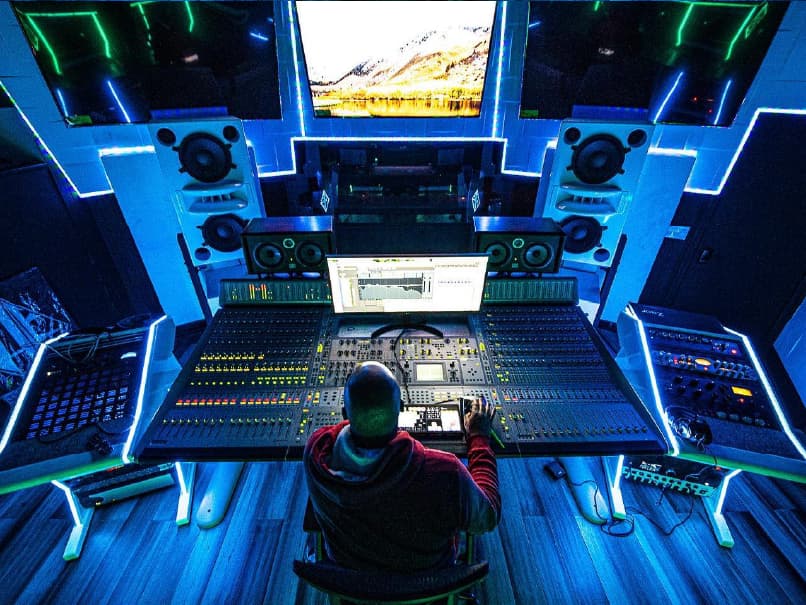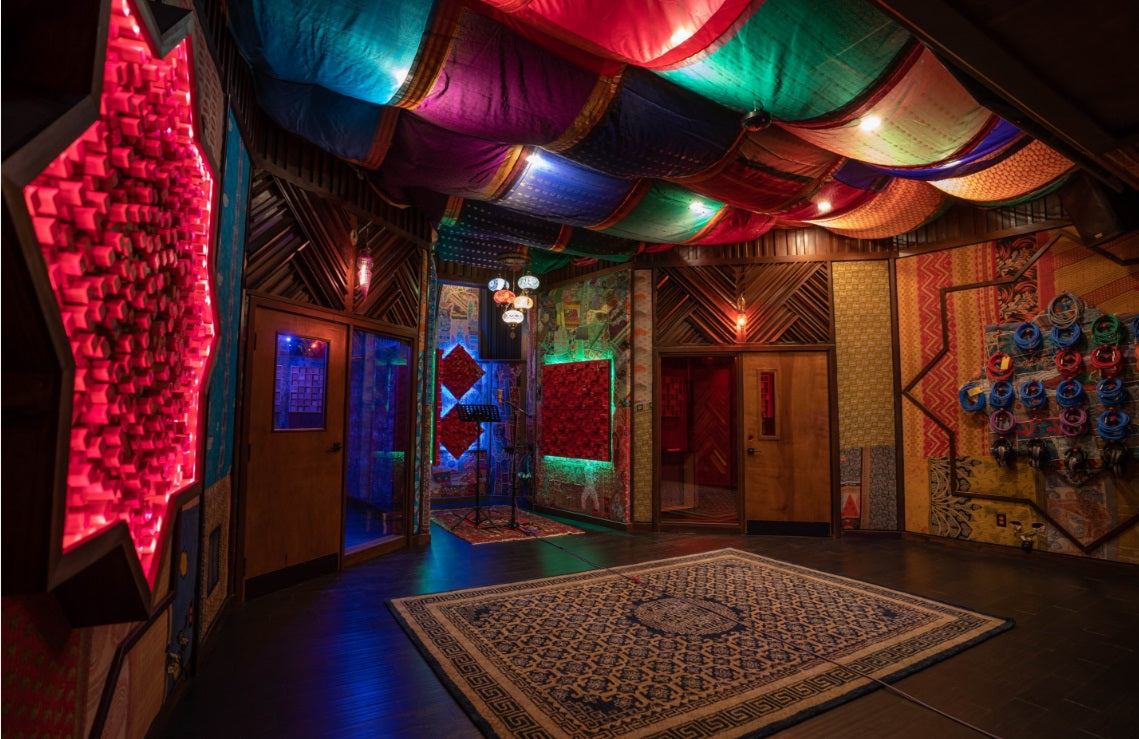| Product Feature |
Benefit to the Customer |
|
|
|
Computer mechanically modeled three-way cabinet design using Low resonance Integral Molding™ (LRIM™) materials |
|
No standing wave resonances inside cabinet
Reduced intermodulation distortion in midrange for a more transparent sound
Reduced cabinet resonances |
|
| New in-house simulated magnetically shielded drivers |
|
Latest modeling techniques used to minimize non-linear (intermodulation) distortion
For safe use near magnetic storage media |
|
|
|
|
Dedicated driver reproduces important midrange frequencies, which is especially important for speech and vocals
Light weight dome has better transient response and less breakup modes than cone designs
High power magnet reduces harmonic and intermodulation distortion |
|
|
Long throw bass driver with Extremely Linear Force Factor™ (ELFF™) and flow optimized die cast basket |
|
Linear pistonic motor gives a very low harmonic distortion even at high excursions
Reduced air noise and improved rocking modes |
|
|
High-capacity flow-optimized bass reflex ports with pipe damped |
|
Reduced compression at high output levels
No coloration from organ pipe resonance |
|
|
Elliptical Mathematically Modeled Dispersion™ (MMD™) waveguide, with wide horizontal and narrow vertical dispersion |
|
Smoother off-axis response
More forgiving of diverse acoustical environments
Freedom of movement across the mixing console
Reduces reflections off the mixing console |
|
|
Displays operation status and activation of the extensive protection system
Dimmable for low lighting level conditions or behind the screen applications |
|
| Electronics panel with generously dimensioned integrated Accelerated Heat Tunneling™ (AHT™) heat sink |
|
Improved heat dissipation leading to increased electronics reliability |
|
|
Improved transient response, reliability Assurance of safety |
|
| Fast-acting independent thermo limiters for woofer, midrange dome and tweeter to protect the voice coils. Woofer soft clip and excursion limiters. |
|
Allows extraction of the maximum performance from the system without reducing reliability |
|
| Production consistency due to individual hand-alignment in final test |
|
Any KH 420 is “pair-matched” to any other KH 420 |
|
|
4-position bass, low-mid and treble acoustical controls and easy to use parametric equalizer |
|
More control in diverse acoustical environments
Repeatable acoustical settings after moving loudspeakers |
|
| Wide range input gain and output level controls |
|
Easier interfacing with signal sources |
|
|
Reduced noise in electrically noisy environments and over-comes ground loops |
|
| Optional (DIM 1) digital XLR/BNC inputs and buffered BNC output
|
|
For flexible and trouble-free digital interconnectivity(24 bit, 192 kHz, AES3 and S/P-DIF) |
|
Optional (DIM 1) lipsync delay
(0 … 10/12 frames) |
|
To align audio and video signals
|
|
Optional (DIM 1) time-of-flight delay
(0 … 400 ms) |
|
To compensate for listening distance differences |
|
| Universal dual (bass and mid/treble) switched-mode power supplies (100 … 240 V) |
|
One version works in any country and robust to poor quality mains supply
Dual supply improves transient response
|
|
| Fully documented extensive mounting hardware options |
|
More flexibility in mounting cabinets in more diverse locations and backwards compatibility with previous models
Mechanically compatible with O 410, KH 870 and O 870
Easy advanced planning for installations |
|
| Optional robust metal grille |
|
Can be used, if required, to protect the drivers |
|
| Optional transportation accessories |
|
Robust wooden flight case for transport and storage |




